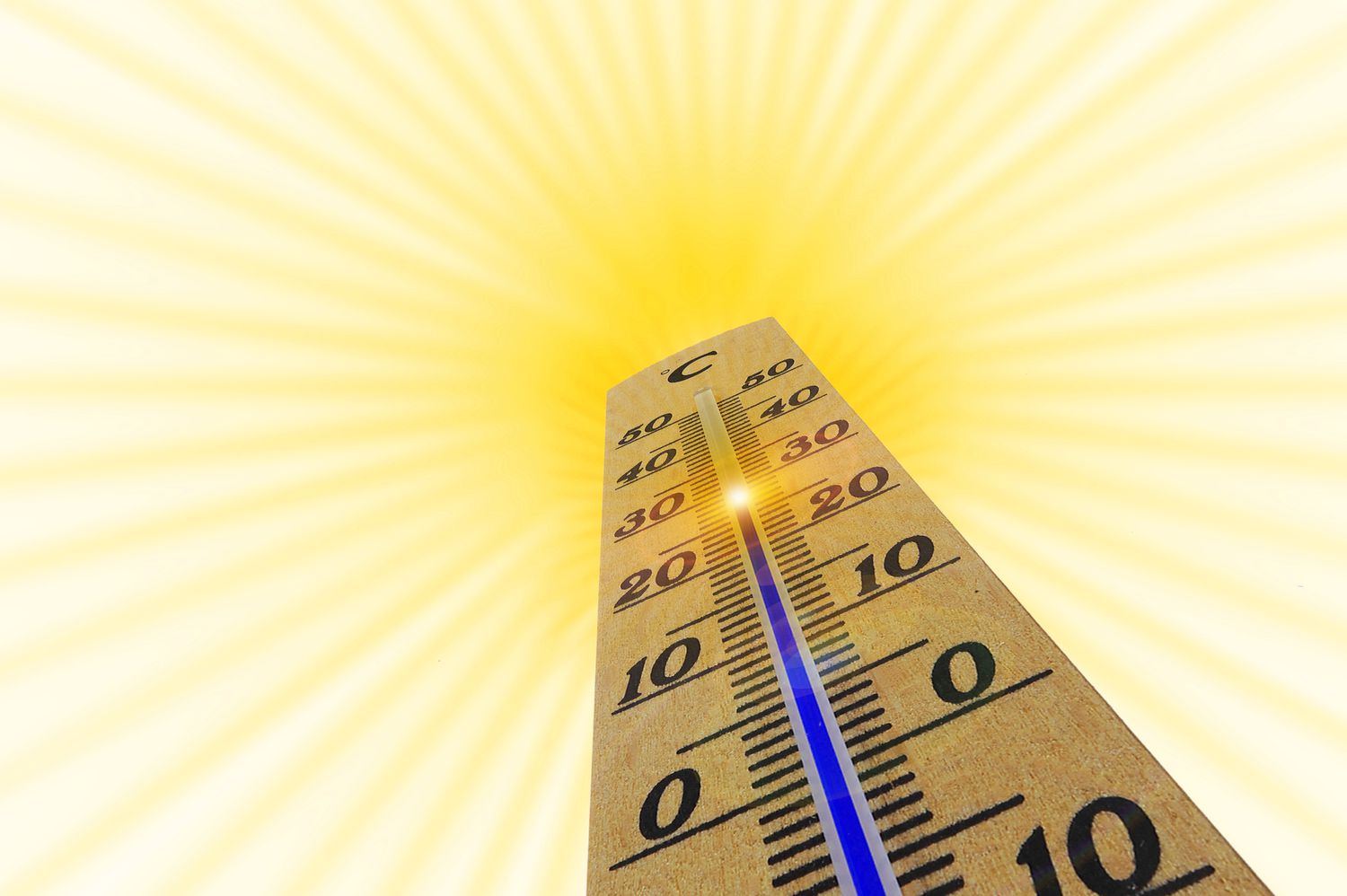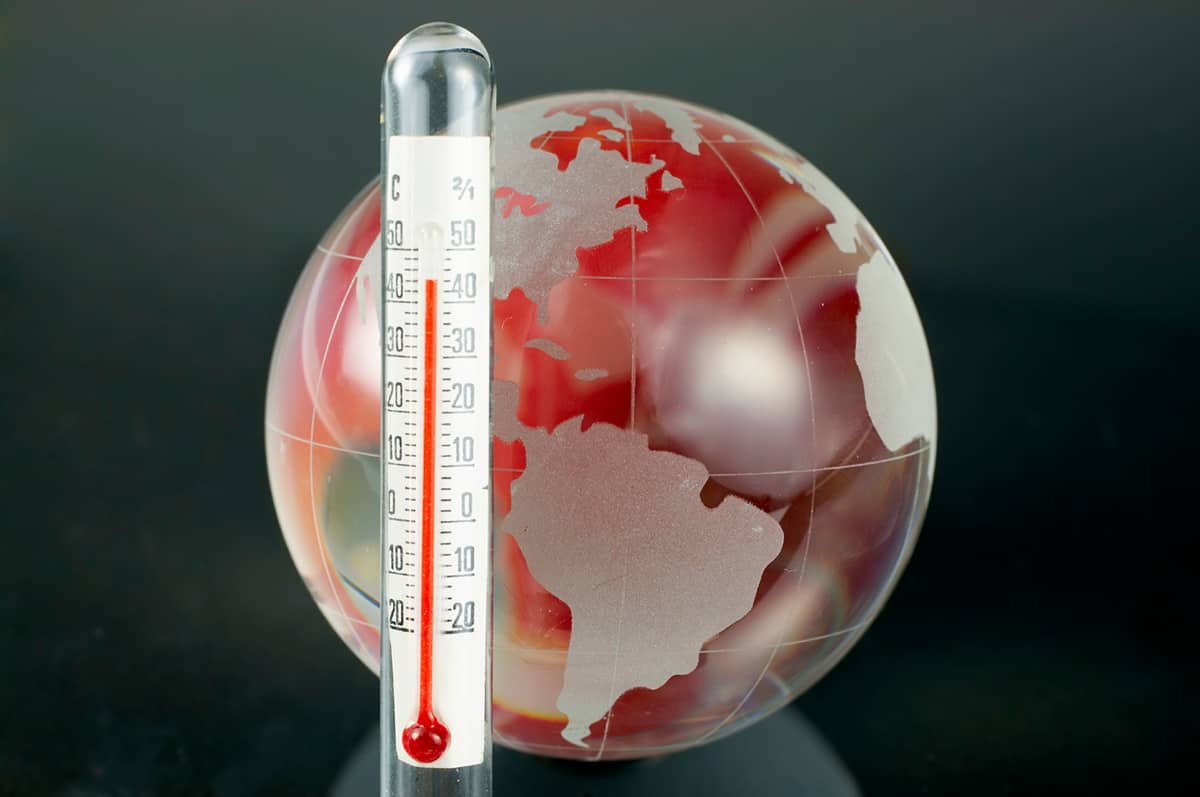Home>Weather and Climate>Monthly Temperature Trends Analysis


Weather and Climate
Monthly Temperature Trends Analysis
Published: May 14, 2024
Explore a detailed analysis of weather and climate with a comprehensive report comparing average monthly temperatures. Gain valuable insights for your research.
(Many of the links in this article redirect to a specific reviewed product. Your purchase of these products through affiliate links helps to generate commission for Temperatures.com, at no extra cost. Learn more)
So, let's dive straight into the heart of weather patterns, specifically focusing on average monthly temperatures. I've always been fascinated by how drastically temperatures can vary from one place to another, even within the same country. For instance, take January. In New York City, you're bundling up with average lows around 26°F (-3°C), while over in Los Angeles, folks might only need a light jacket with averages sitting comfortably at 58°F (14°C).
Fast forward to July, and the contrast becomes even more pronounced. Phoenix turns into a veritable oven with average highs soaring to 106°F (41°C), making it a challenge to stay cool. Meanwhile, Seattle offers a much more temperate climate, with average highs around 75°F (24°C), perfect for enjoying the great outdoors without melting.
What's truly captivating is the role geography plays in these variations. Coastal cities tend to have milder temperatures due to the moderating effects of the ocean, whereas inland cities, especially those in desert regions, experience more extreme heat. Elevation also plays a crucial role, with higher altitude areas enjoying cooler summers.
Understanding these patterns isn't just about planning your wardrobe; it's a window into the complex dance between geography and climate that shapes our world.
















